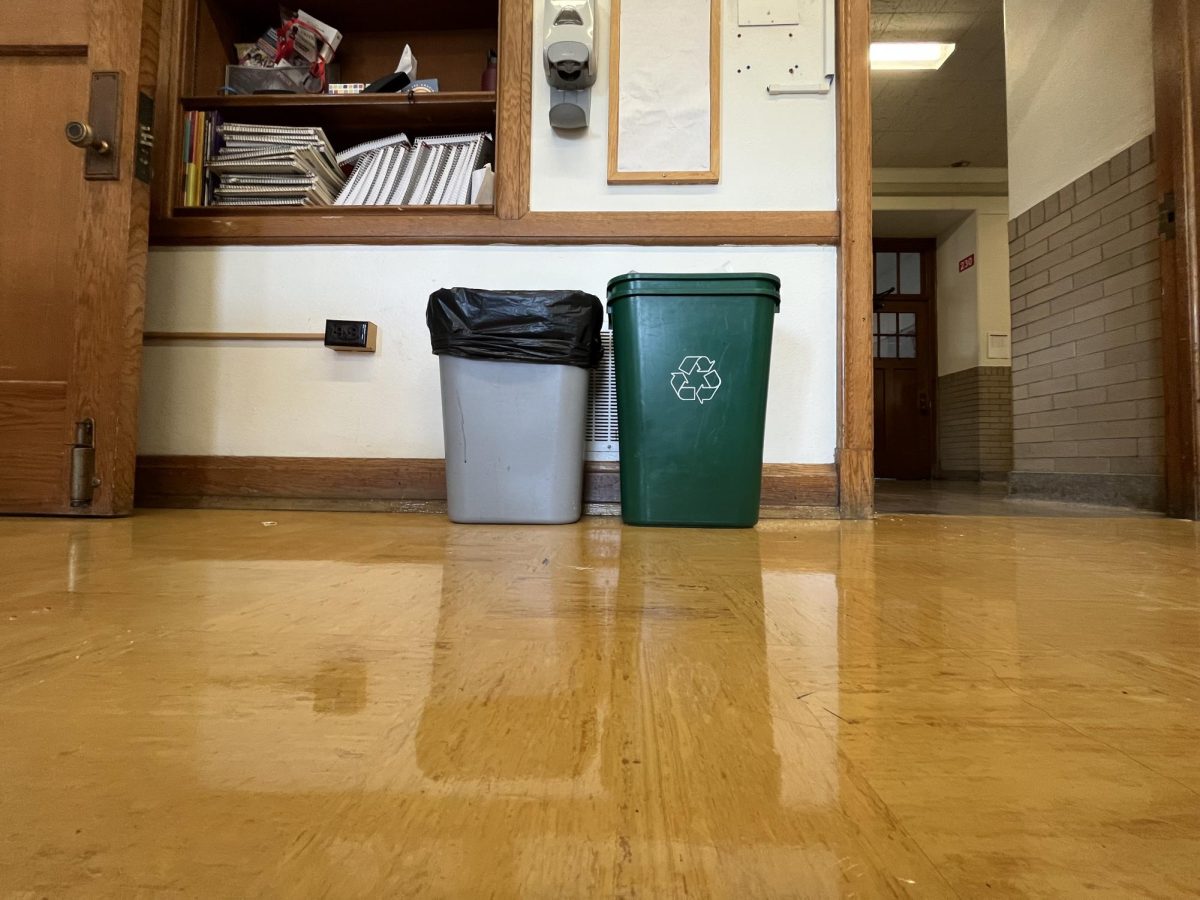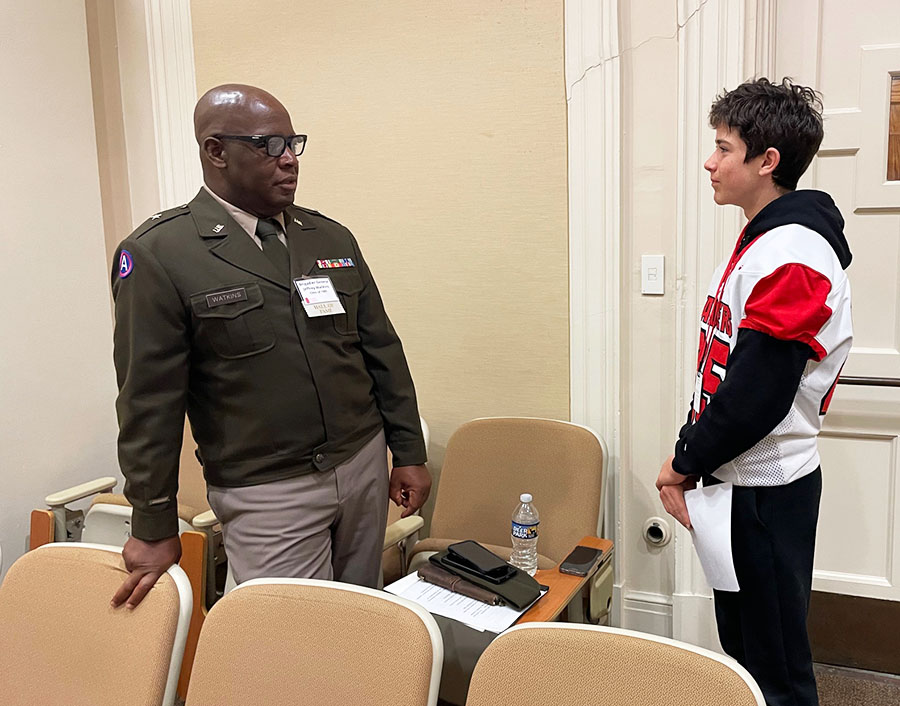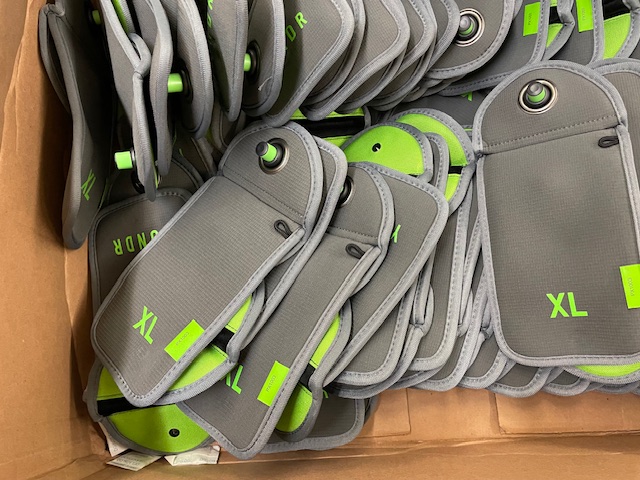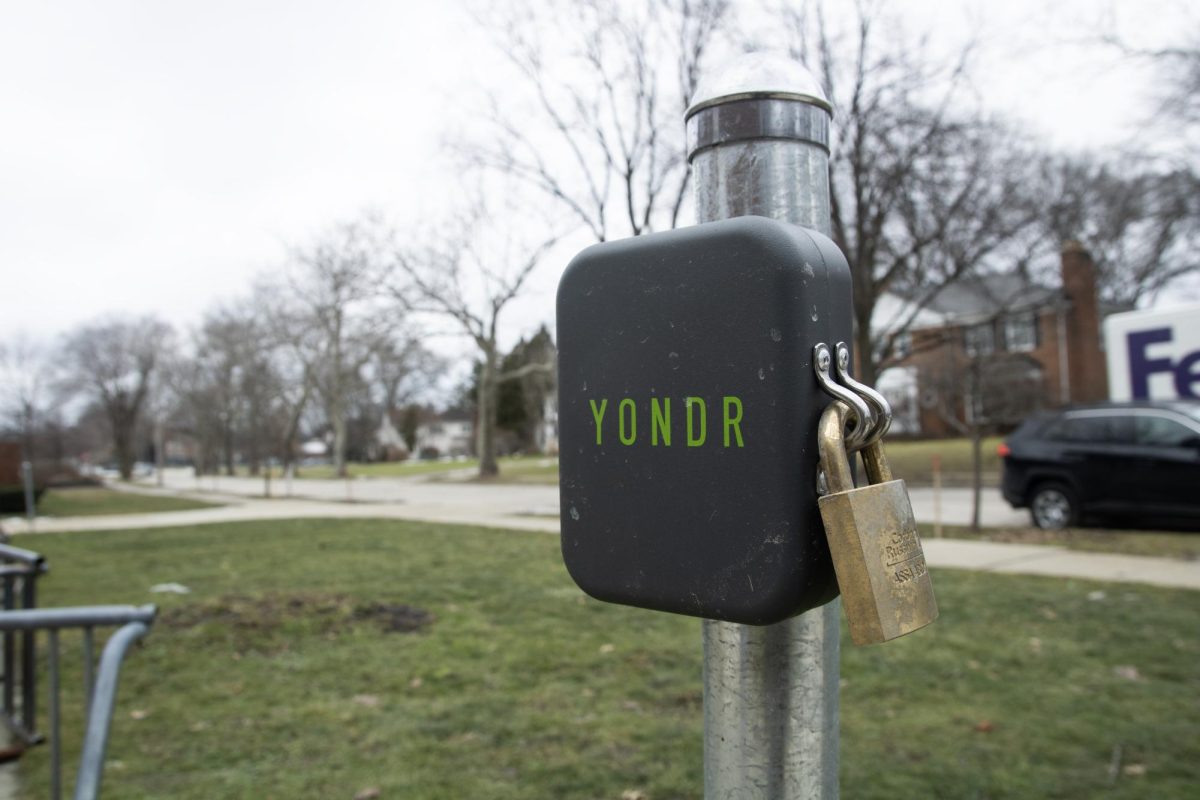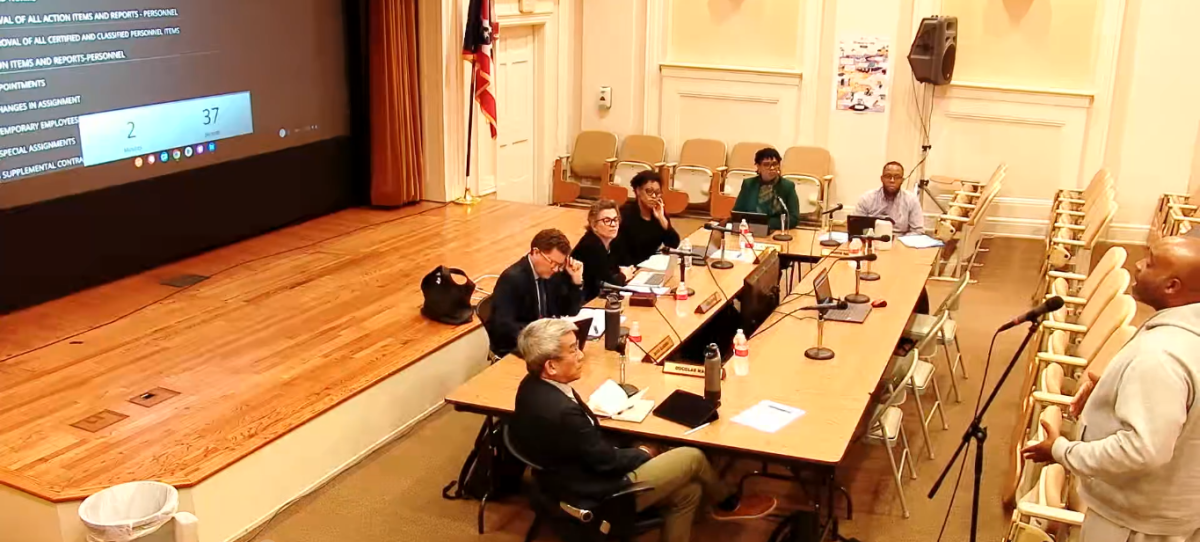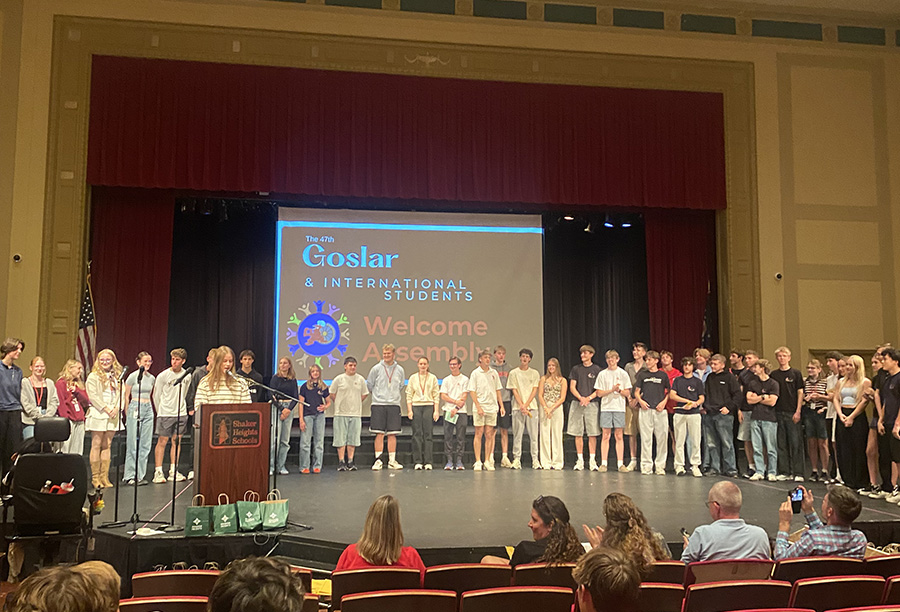Recycling can help the environment, but only if it happens.
At the high school, trash and recycling are collected separately using separate bins. From there, they follow two very different paths.
The district grounds crew collects recyclables and takes them to the city for processing, while trash goes to the city trash compactor, said David Boyer, district director of buildings and grounds.
“Most of our classrooms and common areas have recycling cans,” said Sean Brown, assistant director of buildings and grounds. Custodians gather recycling materials from the cans and consolidate them in the basement.
Plastic, paper and aluminum are the only things that should go in the recycling cans. Brown said that if trash is found in recycling bins, the entire contents of the bin are considered trash and combined with refuse.
According to Boyer, recycling must be clean and uncontaminated before it is delivered to the city. If the grounds crew finds it to be contaminated when they pick it up, they try to separate what they can. “If it is still found to be contaminated at the city, it is rejected, and we pay additional fees to dispose of it,” Boyer wrote in an email.
Custodian Richard Berta said that recycling in the classroom is mostly sorted properly, but that he sees improper use in the cafeteria, especially. “It seems to be more of an issue with people actually knowing what recycling is and isn’t,” he said.
According to Marian Steenbergh, accounting specialist, she and Mae Morrical, receptionist, empty the main office recycling bins. The office disposes of its recycling independently from the rest of the building.
In the past, they’ve taken it to the Bertram Woods Library recycling dumpster, which was recently removed. “We don’t know where to bring our recycling,” Steenbergh said. Morrical said that there are three boxes full of recyclable paper in the office because they don’t know where to take it.
Although Shaker recycles, recycling rates in the United States are very low. According to the advocacy organization Beyond Plastics, in 2021, the U.S. plastic recycling rate was estimated to be between 5 and 6 percent. The organization states that some recycled plastic is actually burned, so the rate of recycling is likely lower.
Regardless of food packaging being labeled as recyclable, according to the Federal Trade Commission Green Guide legal definition, “not one single type of plastic food service item, including the polypropylene cups lids that Starbucks touts as recyclable has ever been recyclable,” the report continues.
Despite the low rate of U.S. recycling, Environmental Club President Eliza Mays said that sorting out waste is still worth it. She said, “Even if there is a small chance that we can help, the more people who recycle worldwide, the better.”
A version of this article appears in print on page 3 of Volume 94, Issue 1, published Aug. 28, 2023.

